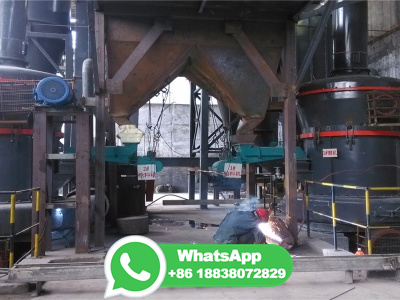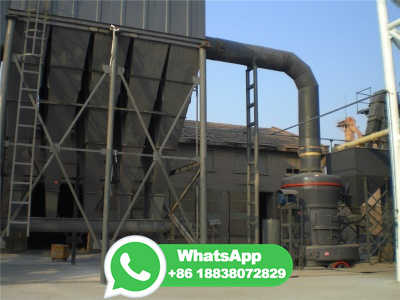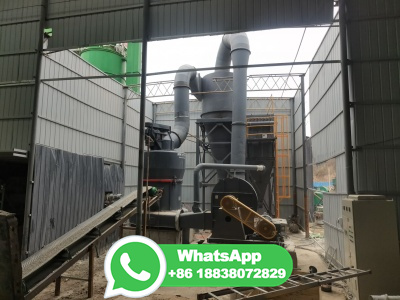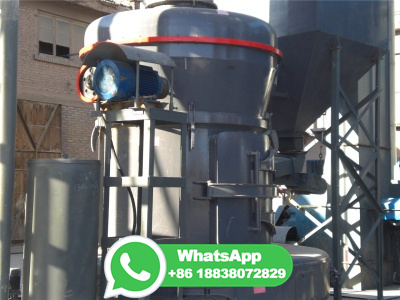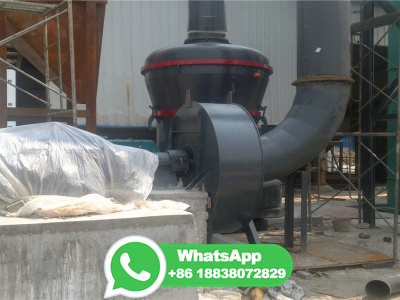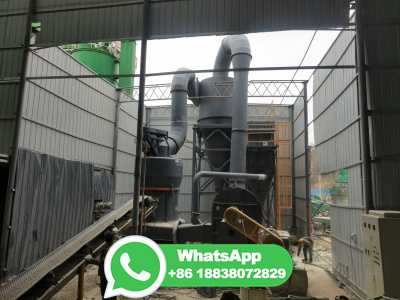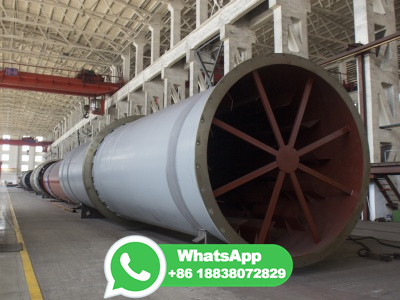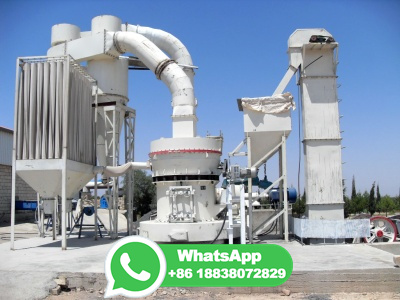Production of Iron in the Blast Furnace | SpringerLink
The ferric burden (FB) used to produce the pig iron, comprised of sinter, pellets and coarse iron ore, has the following chemical composition: 80% Fe 2 O 3, 10% CaO, 9% SiO 2, and 1% of other oxides. The coke (C) used in the process has the following composition: 90% C, 6% SiO 2, 1% CaO, and 2% of other oxides.













